Optimal Timing for Hornet Extermination
Hornet exterminations are most effective when performed during specific times of the year. Understanding the hornet lifecycle and activity patterns can help determine the optimal timing for treatment. Typically, late summer to early fall is considered the best period for extermination efforts, as hornets are most active and colonies are at their largest.
Hornet colonies are just beginning to form. Extermination at this stage can prevent colony growth.
Hornets are highly active. This is the peak period for colony expansion and for locating nests.
Colonies reach their largest size. Extermination now can effectively reduce hornet populations before winter.
Hornets are less active or dormant. Extermination during this period is generally ineffective.

Early nests are small and easier to treat before colonies expand.
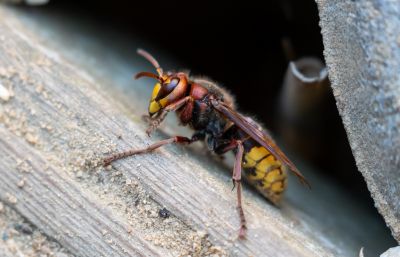
Peak activity period where nests are large and more visible.
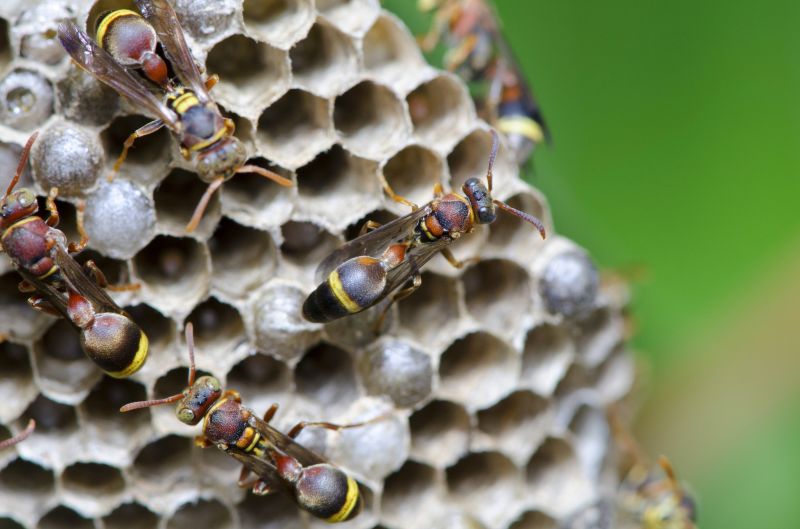
Largest colonies, ideal time for effective extermination.

Ways to make Hornet Exterminations work in tight or awkward layouts.

Popular materials for Hornet Exterminations and why they hold up over time.
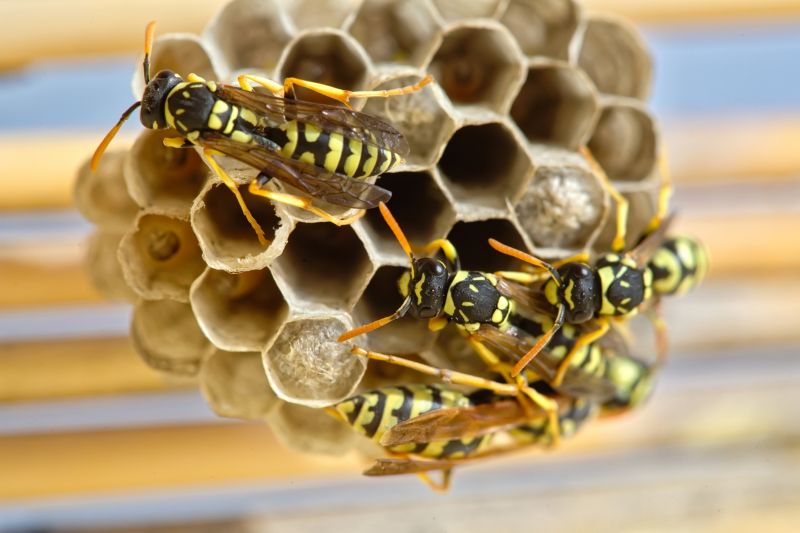
Simple add-ons that improve Hornet Exterminations without blowing the budget.
| Season | Hornet Activity & Recommendations |
|---|---|
| Spring | Colony formation begins; early intervention can prevent growth. |
| Summer | High activity; nests are large; effective for locating and treating. |
| Fall | Colony size peaks; ideal for extermination to reduce populations. |
| Winter | Dormant; ineffective for extermination efforts. |
Hornet exterminations play a crucial role in maintaining safety and preventing property damage. Hornets are aggressive insects that can pose health risks, especially to individuals allergic to stings. Their nests are often built in trees, shrubs, or structures, making early detection and removal essential. Proper timing of extermination can minimize the risk of stings and control hornet populations effectively.

Nests are commonly found in trees and shrubs during peak season.
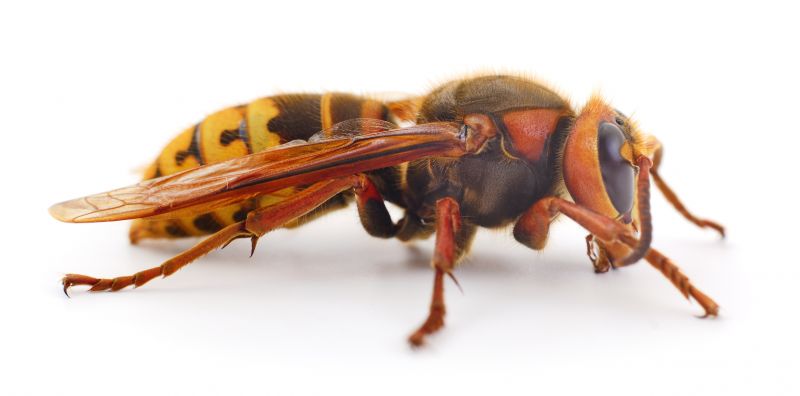
Active swarms indicate high hornet activity, often in late summer.
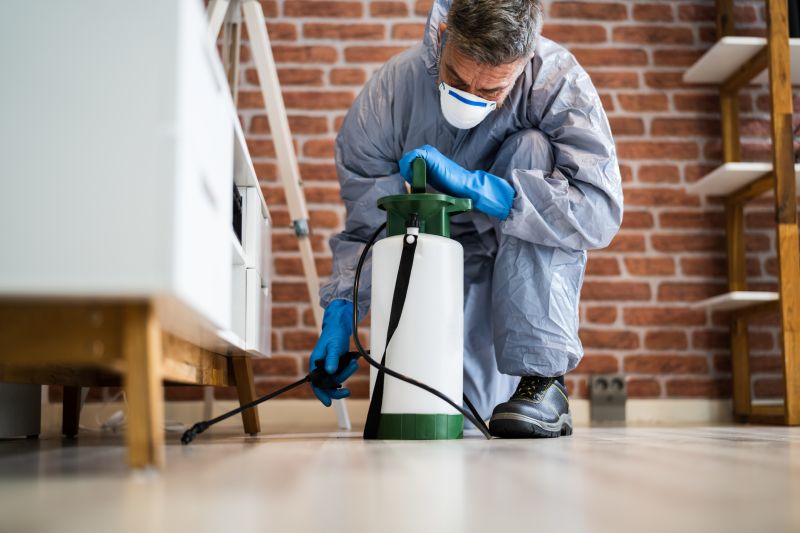
Specialized tools and pesticides are used for safe removal.
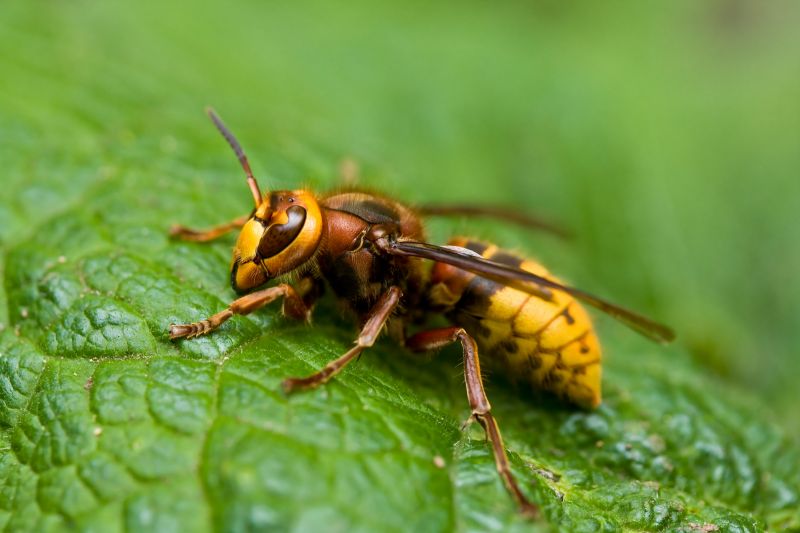
Traps can be effective for monitoring hornet activity and reducing numbers.
Timely hornet extermination reduces the risk of aggressive encounters and stings. It also helps in controlling the spread of nests that can cause structural damage or become safety hazards. Proper identification of active nests and understanding hornet behavior are essential components of effective extermination strategies.



